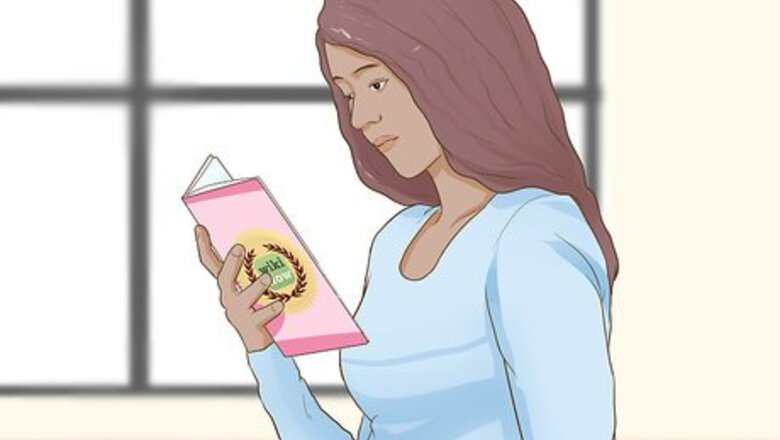
views
Choosing a Backpack

Check your school’s rules. Before purchasing a backpack, you should check your school’s rules to see what type of bags are allowed. A standard backpack or messenger bag should be fine, but many schools do not allow rolling bags. Rolling bags take the stress off your back, but they can be a tripping hazard in school hallways. Call your school if you are not sure what type of backpacks are allowed.
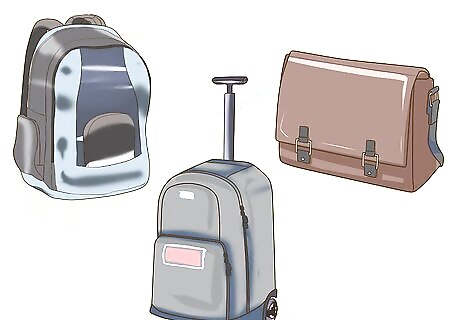
Decide on a type of backpack. There are several shapes and sizes of backpacks to choose from. You can choose a standard backpack, a messenger bag, or a rolling backpack if your school allows it. To decide on a backpack, you should check the material, padding, size, and the straps. For material, you should check the fabric that the backpack is made of. Synthetic materials like nylon and polyester are good because they are fairly water-resistant. Hemp is a good choice if you want a natural material. If you choose a traditional backpack, check it for padding. It should have foam padding. Pinch the padding to see if it rebounds. It should not pop or crinkle.

Check the zippers and reflectors. Test out the zippers a few times to make sure they are sturdy, zip smoothly, and don’t catch on fabric. If given the choice, choose zippers over Velcro because Velcro does not last as long. Also check the bag for reflectors, which are helpful if the backpack will be used during the evening and night.

The backpack shouldn’t feel or look too large. The backpack should not come up to the shoulders or neck. A good backpack stays in the area of the torso. You should also choose a backpack that will fit into a locker if a locker will be used.
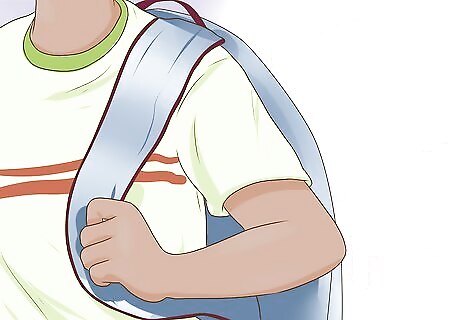
Try out the straps of the backpack before purchasing. The straps should be wide and padded for even weight distribution. Check for waist or chest straps if you are looking for extra support. For a messenger bag, find a bag that can be comfortably worn across the chest for support.
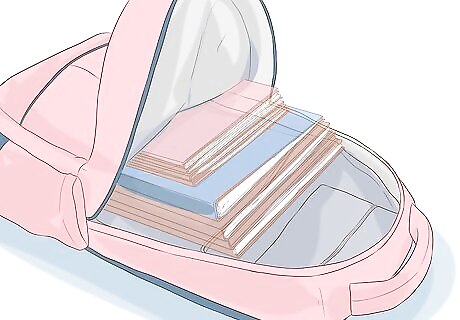
Make sure the backpack has enough space for your supplies. Think about the amount of supplies you will be putting in your bag. Consider how much space everything will take up, and how much the supplies will weigh. Look inside of the backpack and judge if it will be able to hold things like a three-ring binder, textbooks, personal supplies, and other classroom essentials. You should also check for zippered and padded compartments. Bring a few supplies you think you will use when testing out a backpack to see if everything will fit. Make sure to not get the new backpack dirty if you haven’t purchased it. The zippered compartments are good for items like IDs, pencils, and phones. The padded compartments are good for protecting computers.
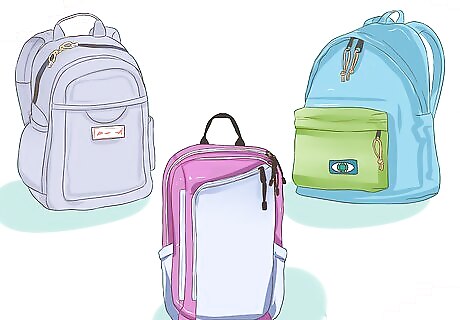
Invest in a high quality backpack. Some high quality backpacks may be expensive, but they are usually worth the investment. High quality backpacks last longer. You won’t have to purchase a backpack every year, so the investment pays itself off. Many high quality backpacks have a lifetime guarantee, which means they will be repaired or replaced. Lands’ End, Eastpak, L.L. Bean, JanSport, and REI are a few high quality brands.
Packing School Supplies
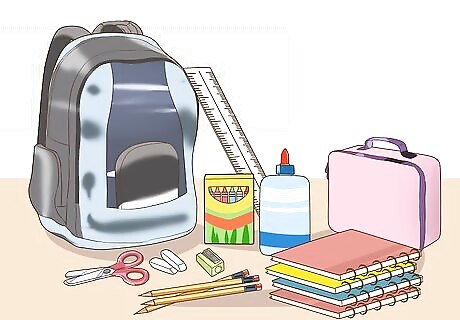
Gather your school supplies. Many schools put out a school supply list every year. Use this as a checklist. If your school does not offer a supply list, write down a checklist of required items. You should have purchased or acquired your items before beginning the packing process. Set all of your items out neatly in the area you will be packing the backpack.

Organize your school supplies. The packing process will be easier if you group your items first. Group them according to items that are the same or similar. For example, books go with books, notebooks with notebooks, folders with folders, pens with pens and so on. You can organize by size, color, and/or subject. You should have a folder for every subject and at least two notebooks.

Place small supplies in cases. It is helpful to have cases for pencils, pens, and other small items. Put these items in cases before putting them in the bag. Having separate cases for small items will make packing easier, and keep the items from getting loose in the backpack.
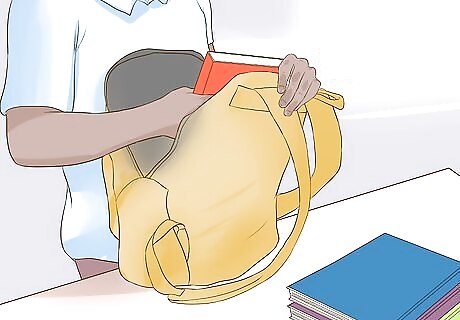
Pack textbooks first. Textbooks are some of the largest, heaviest, and most important items, and they typically take up the most room. Put your textbooks into the main compartment of the backpack first. Put the heavier textbooks towards the back of the backpack to make it easier to carry. If you are in high school, you may not need all of your textbooks every day. If not, put in the textbooks you will need for the first day of school.

Place paperwork into folders or binders. The first day of school may require paperwork. Make sure all paperwork is filled out. Other important papers might include assigned reading lists, a schedule, and a map. Put these items in a folder that will be seen and used, and make sure all paperwork is put in its proper place before packing it into the bag. Place contact info into this folder. This can be an index card with your name, phone number, and address written on it in pen or marker. For children, it is helpful to have a folder just for paperwork. Label this folder to make remembering and locating it easier.
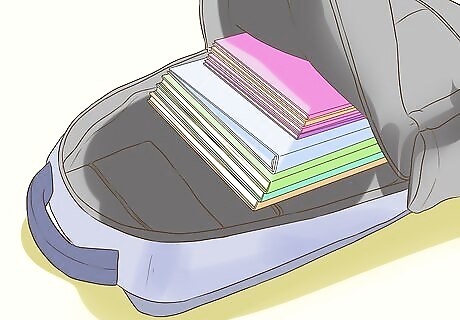
Put in the rest of the large items. These items include notebooks, binders, and any other books you will need for class. Put these items in front of your textbooks in the main compartment. If your bag has two main compartments, put them in the compartment separate from your textbooks. Put in larger items first to avoid crushing smaller items.
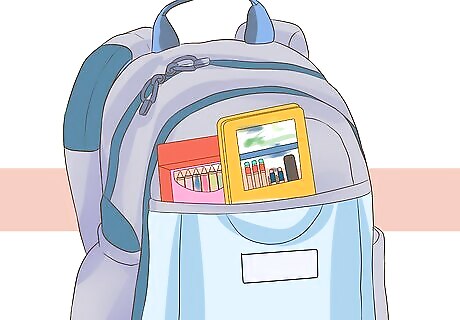
Add in smaller items. Place any pencil cases with pencils, pens, and erasers into the smaller compartments that may be on the front, sides, or inside of the bag. There may also be a case with art supplies like markers, colored pencils, and crayons to add into a separate compartment.

Pack electronic items if necessary. A computer may not be necessary for younger students, but older students might find them necessary. Tablets, however, are often used in schools, whether the students are younger or older. Some backpacks have an extra, padded space in the back for laptops and tablets. If not, put the electronic item in a padded case. A cellphone is good to have for emergencies, but make sure it is turned off for the duration of the school day. Remember to pack a charger if needed.
Adding Extra Supplies

Remember any necessary medication. If you are asthmatic, remember to pack an inhaler. For allergies, pack an EpiPen. Pack any other pills or required medication. It is also helpful to add in “just in case” medicine, like Advil or Midol. You may need to send a letter or medication to the school nurse if you have any medical problems.

Bring a water bottle. Schools usually have water fountains, but it is good to have water available throughout the day. Choose a bottle that is leak-proof and needs to be individually opened and closed. A regular water bottle may leak onto supplies. Avoid juice in boxes or bottles that may leak and stain supplies.

Pack snacks. Younger children will typically have snack time, but having a snack is a good idea for any age. Pack a healthy snack like apples or bananas to renew energy throughout the day. Crackers make good snacks as well. Put the snack in a Ziploc bag, and place it in a side compartment. You might want to pack lunch as well, but lunch boxes or bags may not fit in an already full backpack.
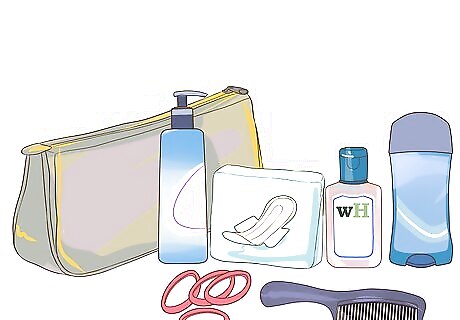
Add personal hygiene products. This might include deodorant, hand sanitizer, a brush or comb, menstrual products, hair ties, or lotion. This could also include a cosmetic bag for makeup. Put these items in a small toiletry bag, and place them in a medium-sized pocket separate from important school supplies, in case a liquid item leaks. A cosmetic bag may be separate. Do not bring more than you know you will make use of. Some items like hand sanitizer, deodorant, and sanitary items are important to have, but it is probably not necessary to bring all of your makeup.
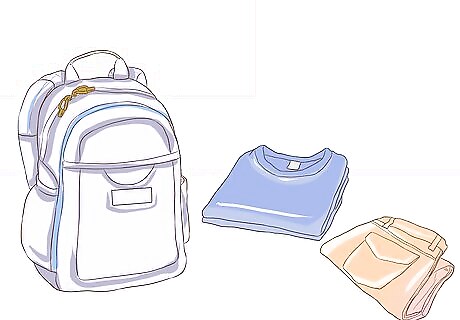
Bring a change of clothes. Extra clothing is a great idea for very small children that may have accidents or get very dirty during recess. While it may not be necessary for older children and adults, it is a good idea to have an extra set of clothing if taking part in gym class. Put the clothes (pants, shirt, and underwear) in a plastic bag, and put it in any free compartment of the backpack.

Pack locker supplies and decorative items. Older students may have a locker to place their backpack and/or supplies into. A combination lock will be necessary for locker use. Though not necessary, it is comforting to pack a few decorations for a locker. These items might include pictures, art prints, or a charm that you enjoy. Younger children often have cubbies, and it may be comforting to pack a toy to keep in to keep inside of it.
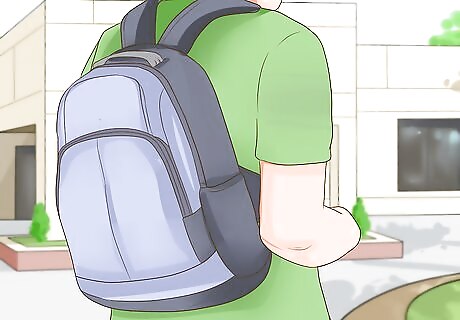
Try the backpack out. Once it is packed, make sure the backpack zips up easily without any strain. The backpack will probably be full, but it should not be so full that the fabric looks like it will rip. Walk around with the backpack once it is packed. Your back should not be hurting from the weight of the backpack. Put it in a safe and easy-to-find spot to grab for school.













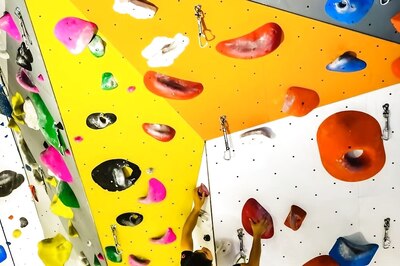






Comments
0 comment